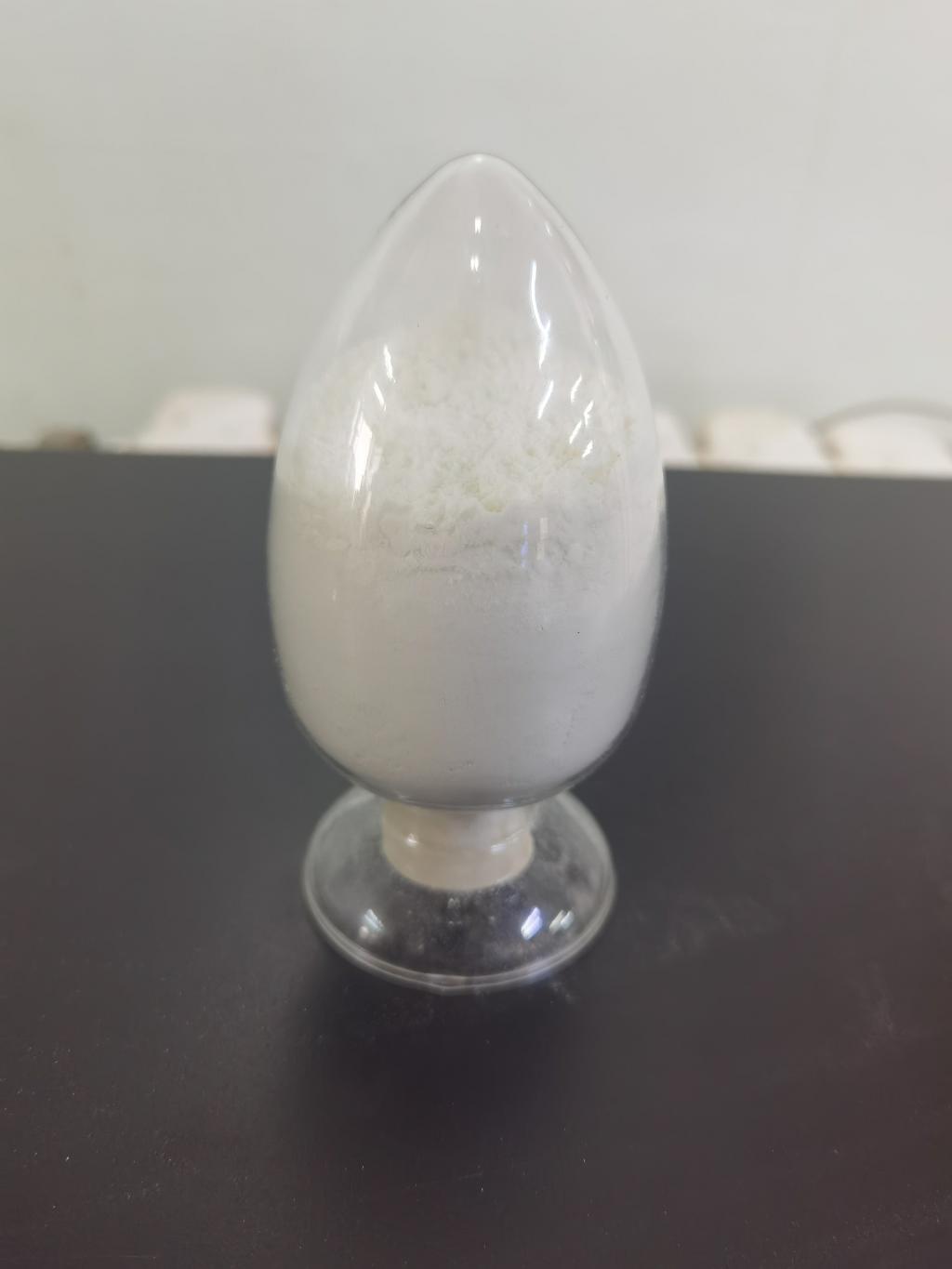Tel:+8618231198596

News
 CONTACT
CONTACT
 CONTACT
CONTACT
- Linkman:Linda Yao
- Tel: +8618231198596
- Email:linda.yao@dcpharma.cn
- Linkman:CHARLES.WANG
- Department:Overseas
- Tel: 0086 0311-85537378 0086 0311-85539701
News
Current Position:
Home >
News
>What are the regulatory considerations for using ε-Polylysine hydrochloride?
What are the regulatory considerations for using ε-Polylysine hydrochloride?
TIME:2023-06-20
Introduction
ε-Polylysine hydrochloride is a cationic polymer derived from microbial fermentation and is recognized for its antimicrobial properties. It is commonly used as a natural preservative in the food industry to enhance product safety and extend shelf life. However, regulatory frameworks governing the use of ε-polylysine hydrochloride can differ between regions, necessitating an understanding of the specific regulations in each jurisdiction.
Europe
In Europe, the European Food Safety Authority (EFSA) regulates the use of food additives, including ε-polylysine hydrochloride. It falls under the category of food preservatives, and its approval status is regulated by Regulation (EC) No 1333/2008. ε-Polylysine hydrochloride has been approved as a food additive in the European Union (EU) with an assigned E-number (E 476) for specific applications and maximum usage levels. Compliance with labeling requirements, including proper identification and appropriate concentration declaration, is essential to meet EU regulations.
United States
In the United States, the Food and Drug Administration (FDA) oversees the use of food additives, including ε-polylysine hydrochloride. The FDA classifies it as a generally recognized as safe (GRAS) substance, allowing its use in food products without prior approval. However, it is important to ensure that the usage of ε-polylysine hydrochloride complies with FDA's regulations and guidelines, including adherence to good manufacturing practices (GMPs) and labeling requirements.
Japan
In Japan, the Ministry of Health, Labour, and Welfare (MHLW) is responsible for regulating food additives, including ε-polylysine hydrochloride. It is listed as a permitted food additive under the Specifications and Standards for Food Additives. ε-Polylysine hydrochloride is subject to specific usage restrictions and labeling requirements, and its concentration in food products must be within the permissible limits defined by the MHLW.
China
In China, the National Health Commission (NHC) is responsible for regulating food additives, including ε-polylysine hydrochloride. It is listed in the National Food Safety Standard for Food Additives and is subject to maximum usage levels and labeling requirements. Food manufacturers must comply with the regulations set by the NHC and obtain proper approvals for the use of ε-polylysine hydrochloride in their products.
Other Regions and Countries
Regulatory considerations for ε-polylysine hydrochloride also exist in other regions and countries. It is important to consult the specific regulations and guidelines established by the respective regulatory authorities in each jurisdiction. This may include obtaining approval or clearance for its use, complying with maximum usage levels, and ensuring proper labeling and documentation.
Labeling Requirements
Labeling requirements for ε-polylysine hydrochloride may vary between regions or countries. It is crucial to accurately declare the presence of ε-polylysine hydrochloride in the ingredient list, mention its purpose as a preservative, and include the appropriate concentration or usage level as per the regulatory guidelines.
Future Developments and Challenges
As scientific knowledge and understanding of ε-polylysine hydrochloride continue to evolve, regulatory frameworks may undergo updates or revisions. Continued research on the safety and efficacy of ε-polylysine hydrochloride, as well as collaborative efforts among regulatory authorities, industry stakeholders, and scientific communities, will contribute to the development of harmonized regulations and guidelines.
Compliance and Global Market Access
Complying with the regulatory requirements for ε-polylysine hydrochloride is crucial to ensure global market access for food products. Understanding the specific regulations in each target market, seeking appropriate approvals or clearances, and ensuring compliance with labeling requirements and permissible usage levels are essential steps for successful market entry.
Conclusion
The regulatory considerations for using ε-polylysine hydrochloride vary across different regions and countries. Compliance with specific regulations, maximum usage levels, and labeling requirements set forth by the respective regulatory authorities is essential. Food manufacturers must stay updated on the evolving regulatory landscape and work towards harmonization to ensure the safe and compliant use of ε-polylysine hydrochloride as a food preservative worldwide.
- Tel:+8618231198596
- Whatsapp:18231198596
- Chat With Skype







